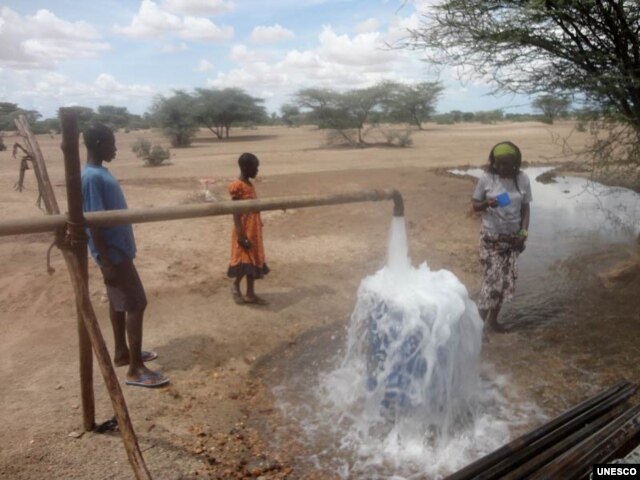Annie
Diamond Member
- Nov 22, 2003
- 50,848
- 4,827
- 1,790
BBC - Homepage
11 September 2013 Last updated at 14:51 ET
Kenya aquifers discovered in dry Turkana region
A huge water source has been discovered in the arid Turkana region of northern Kenya which could supply the country for 70 years, the government says.
The discovery of two aquifers brings hope to the drought-hit region, tweeted Environment Minister Judi Wakhungu.
They were found in the Turkana Basin and Lotikipi Basin using satellites and radar.
Last year, scientists released a map detailing the vast reservoirs which lie under much of Africa.
Continue reading the main story
Start Quote
This newly found wealth of water opens a door to a more prosperous future for the people of Turkana and the nation as a whole
End Quote Judi Wakhungu Environment Minister
Another aquifer was found in Namibia - the continent's driest country.
Turkana is one of the hottest, driest and poorest parts of Kenya and was hit by a devastating drought last year.
Many of the region's inhabitants are nomadic herders, who are especially vulnerable to a lack of rain.
Test drilling confirmed there was water under the ground.
The discovery was announced by Ms Wakhungu at a meeting of the UN Educational, Scientific and Cultural Organization, Unesco.
"This newly found wealth of water opens a door to a more prosperous future for the people of Turkana and the nation as a whole. We must now work to further explore these resources responsibly and safeguard them for future generations," she said.
'Irrigation and industry benefits'
The aquifers are said to hold some 250bn cubic metres of water.
Ms Wakhungu said Kenya currently uses about 3bn cubic metres a year.
"We're hoping with the two test boreholes, the water should be available within a month. The first priority is to supply water to the people of the area, who have always been water insecure."


